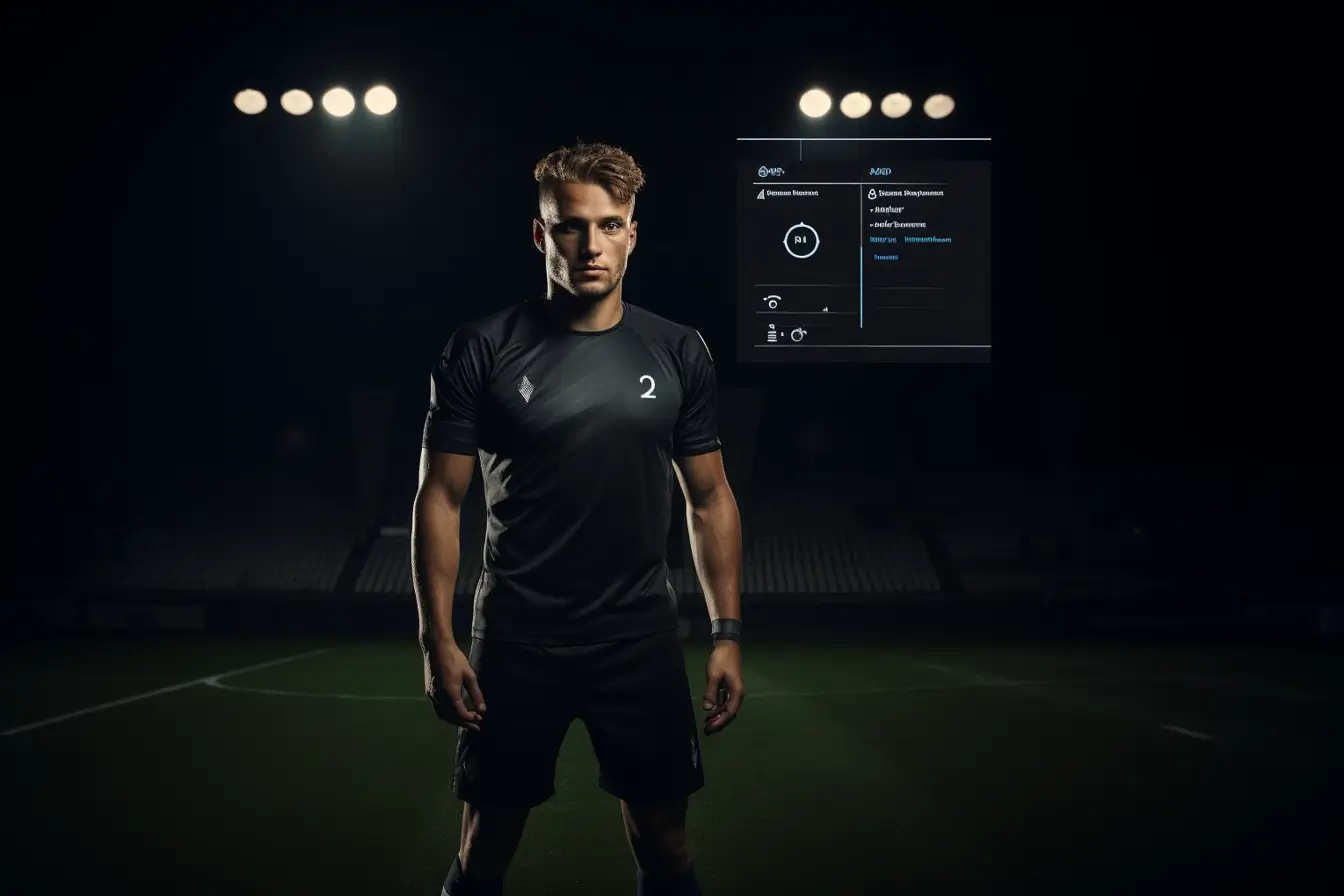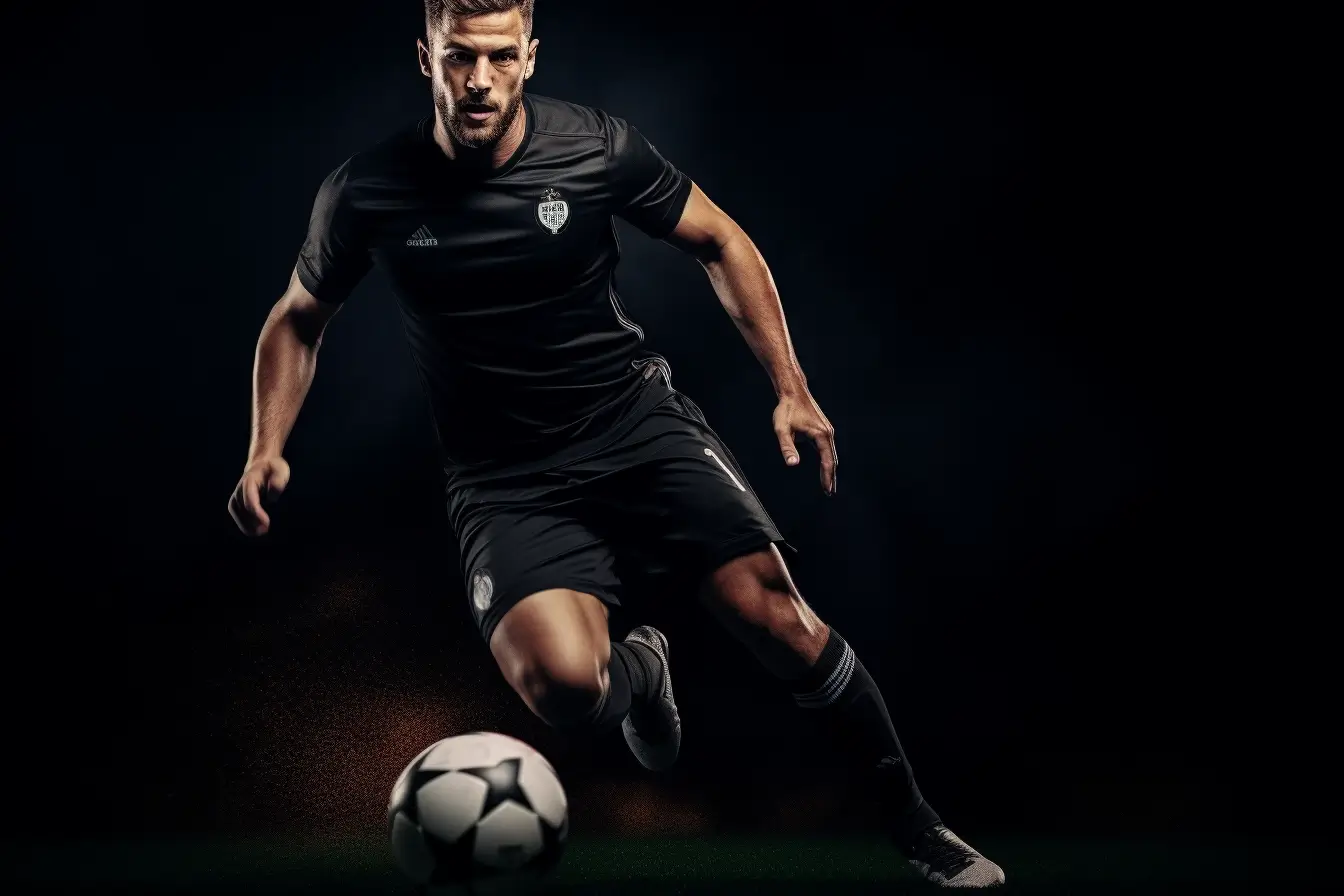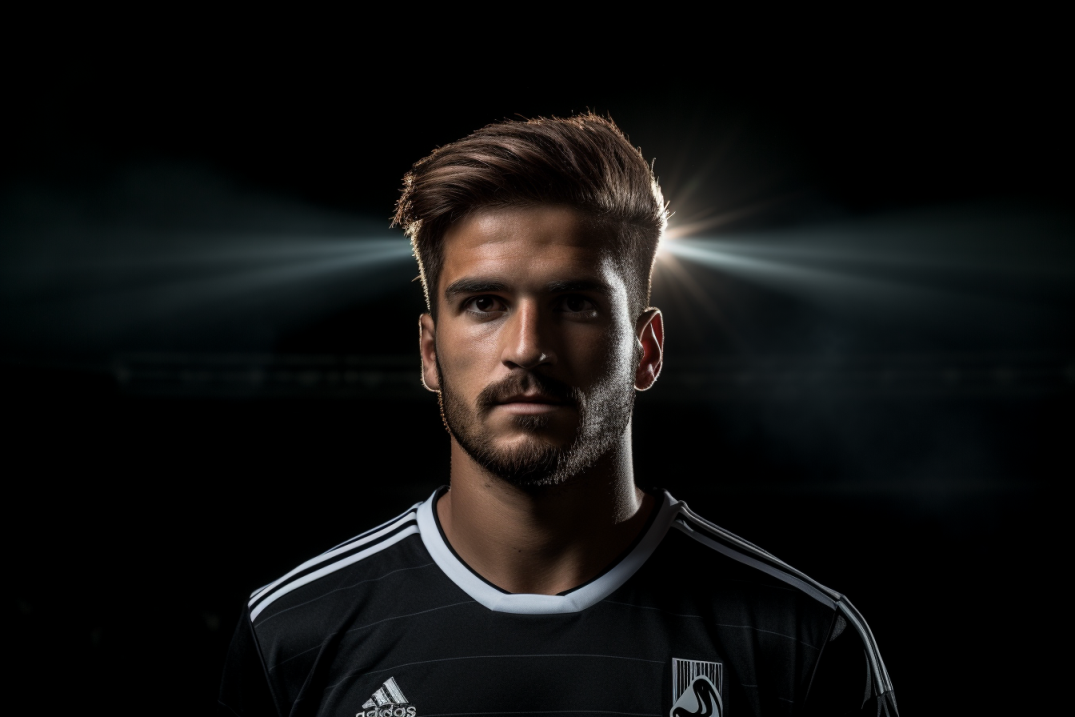In the world of football, the difference between good and great often lies in the details. While physical conditioning, tactical awareness, and technical skills are non-negotiable, cognitive strategies such as visualisation can elevate your game to elite levels. Visualisation, or mental imagery, has been scientifically validated to enhance sports performance, making it a critical tool for any footballer aiming for peak performance.
What is Visualisation and Why is it Powerful?
Visualisation involves creating vivid, detailed mental images of activities you plan to execute in the real world. Imagine rehearsing a play in your mind, seeing each step unfold, before stepping onto the pitch. This technique is not just about daydreaming but engaging the brain in active, purposeful mental practice.
Studies in sports science reveal that mental imagery stimulates the same neural pathways used during actual physical performance. This means that when you visualise scoring a goal, your brain fires in a similar pattern as it does when you actually shoot the ball. This process of mental rehearsal enhances muscle memory and the overall quality of physical execution.
The Science Behind Visualisation

Research outlined in the journal article “Visualisation Techniques in Sport – The Mental Road Map for Success” provides compelling evidence of the benefits of mental imagery. The study highlights how athletes, including football players, who engage in regular visualisation sessions show significant improvements in performance. For example, when athletes visualize successful penalty kicks, their actual execution becomes more precise, confident, and effective.
How to Start Visualising
- Find a Quiet Space: Choose a peaceful place where you can relax without interruptions. This could be a quiet room at home or a secluded spot where you train.
- Relax Your Mind and Body: Begin with deep breathing to calm your nerves and clear your mind. This helps in sharpening your focus and makes your visualisation session more effective.
- Create Vivid and Detailed Images: Picture yourself on the field, the ball at your feet, your opponents and teammates in their positions, the goalpost in the distance, the sounds of the crowd, and the feel of the grass under your shoes. The more detailed your visualization, the more effective it will be.
- Incorporate All Senses: Enhance your visualization by involving all your senses. Feel the football, hear the crowd, see the pitch, smell the fresh grass, and even taste the sweat as you play. This multisensory approach deepens the realism of the experience, which strengthens the neural activations involved in playing football.
- Practice with a Purpose: Always visualize yourself performing successfully and achieving your objectives, whether it’s executing perfect dribbles, making precise passes, or scoring goals. This positive reinforcement builds your confidence and conditions you to perform well during actual games.
Daily Visualization Routines

To make the most of visualization, integrate it into your daily training routine. Here’s how you can build a robust mental imagery practice:
- Before Training: Spend about 10 minutes visualizing the specific skills you aim to work on during your training session. This sets a mental blueprint of what you wish to achieve.
- After Training: Reflect on your training session and mentally rehearse any mistakes you made, but this time, visualize yourself correcting them. This technique helps in learning from your errors and avoiding them in the future.
- Before Matches: Include visualization in your pre-match routine. Visualize various game scenarios and your effective response to them. This prepares you mentally for the match, reducing anxiety and boosting confidence.
- Non-training Days: Use visualization to keep your skills sharp. Picture different match situations and your tactical responses. This keeps your mind engaged and focused on football, even on your off days.
Advanced Visualization Techniques
As you become proficient in basic visualization, you can incorporate advanced techniques like the PETTLEP model of visualization, which stands for Physical, Environment, Task, Timing, Learning, Emotion, and Perspective. This model encourages a holistic approach to visualization, ensuring the imagery is as close to real playing conditions as possible.
- Physical: Mimic the physical state you would be in during a game. Wear your kit, use your football shoes, and even consider your posture and breathing.
- Environment: Imagine the specific venue you will be playing at. Consider the stadium’s atmosphere, weather conditions, and the crowd.
- Task: Focus on the specific actions you will be executing, such as passing, shooting, or tactical positioning.
- Timing: Align the timing of your mental practices with the real-time actions of the game. This helps in syncing your mental and physical speeds.
- Learning: Focus on the skills and knowledge you are trying to develop through each visualization session.
- Emotion: Include the emotional responses you might experience during a game, such as pressure, excitement, or frustration.
- Perspective: Visualize both from a first-person perspective (seeing out of your own eyes) and a third-person perspective (watching yourself from the outside), which can help improve spatial awareness and self-critique.
Take Your Game to the Next Level
Visualization is a powerful tool that, when used correctly, can significantly enhance your football skills and in-game performance. Start small, with simple scenarios, and as you become more comfortable, expand the complexity of your visualizations to include full matches or high-pressure situations. Regular practice will make the process more natural and the benefits more pronounced.
Don’t forget to subscribe to our blog for more insights on improving your football skills. Join our community of ambitious players who are turning their potential into excellence. Train hard, visualize often, and play to win!





